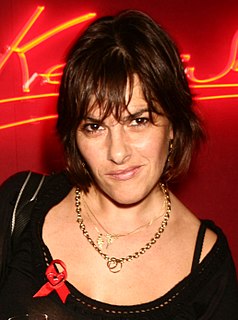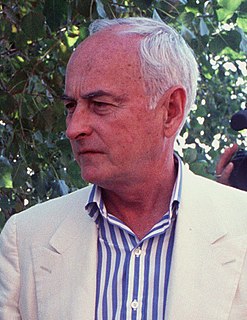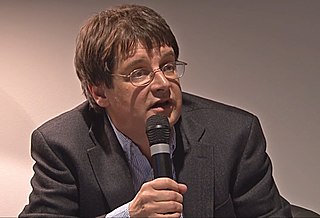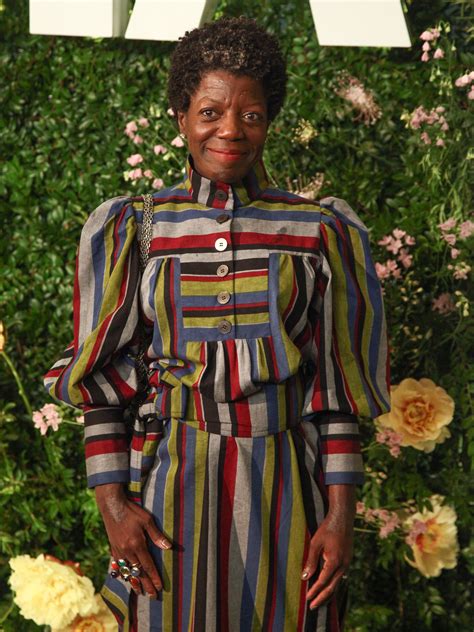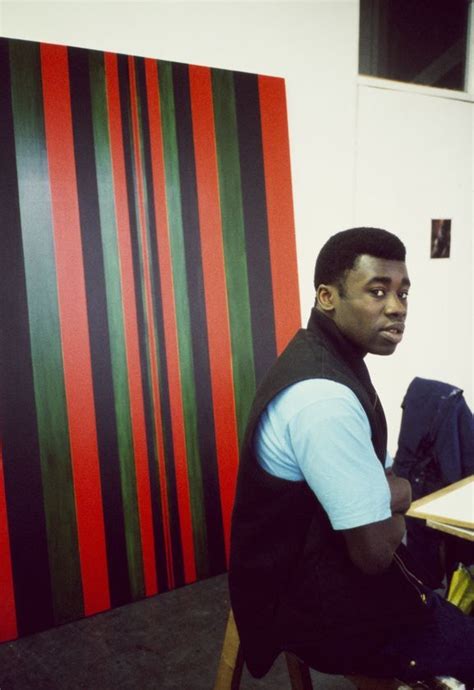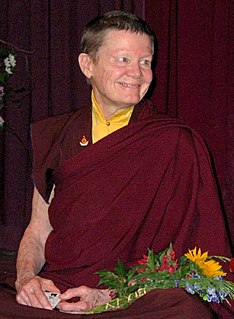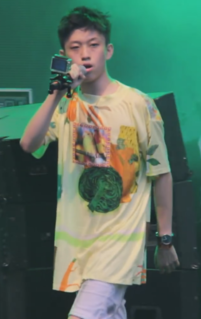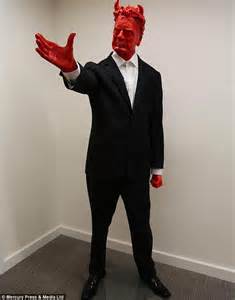A Quote by Nathan Sawaya
I do hear from people at my exhibition about seeing these things made from this toy from their childhood, and it brings them back. They'll go and buy a set of Lego from the gift shop because of that nostalgia and seeing it at the art exhibition.
Related Quotes
’The Art of the Brick’ exhibition is accessible because it engages the child in all of us while simultaneously illuminating sophisticated and complex concepts. Everyone can relate to the medium since it is a toy that many children have at home. But my goal with this exhibition when it first debuted in 2007 was to elevate this simple plaything to a place it has never been before.
I think a lot of people are involved in art because of the fashion of art and the conversation. It gives them a certain sophistication, something to speak about. But art is, if it's conceptual, really about understanding the concept. And if it's beautiful, it's about seeing the beauty. It's gone much further than that now. There's too much commercialism attached to art. If the market cracks one day big-time, you'll frighten so many people away who will never come back. Because they don't really feel for art. People who buy art should want it because they love it, they want to enjoy it.
When I have an exhibition, I usually arrange it so that if people want to, they can spend two hours there. That way, people who like it don't feel cheated when they go. I want them to walk into the exhibition space and look low and at other levels and angles. The same with emotions. I want them to be emotionally manipulated, to come out feeling something. I want them to laugh, smile, feel sad. Even if they feel angry, that's okay.
Lately, I've discovered the Hellenistic bronzes. I'd never really thought about them much, but then there was this marvelous exhibition - many of them Roman, some of them Greek, all kinds of wonderful standing figures or heads or horses. It all suddenly became a passion of mine. I finally got to see that exhibition, which led to the idea of bringing up the statue in the film.
Meditation is about seeing clearly the body that we have, the mind that we have, the domestic situation that we have, the job that we have, and the people who are in our lives. It's about seeing how we react to all these things. It's seeing our emotions and thoughts just as they are right now, in this very moment, in this very room, on this very seat. It's about not trying to make them go away, not trying to become better than we are, but just seeing clearly with precision and gentleness.
When people go to museums and see a sculpture made out of marble, they appreciate it but it's very doubtful that they will go home and have a slab of marble they can chip away at, but people do have LEGO. I don't have any LEGO specially made for me, all of the shapes, sizes and colours I use are available in stores so that if someone is inspired to create on their own, they can go and buy the very same bricks.
I've heard that almost all the people crowding around the big art openings barely look at the work on display and are just there to hobnob. Nothing wrong with that, except that none of them ever come back to look at the art - but they will tell everyone, and actually believe, that they have seen the exhibition.
I'm so immersed in my little world that I don't often sit back and pay attention to what's going on around me. It truly stuns me when people recognize me. Obviously, I'm not a film star, but even at a design exhibition or art exhibition, if someone comes up to me, I'm sort of taken aback. I don't think of myself like that. But if I can have an effect on young designers, that's great - particularly young designers coming from Australia. Europeans grew up with design. The rest of us lived on tidbits of information.





